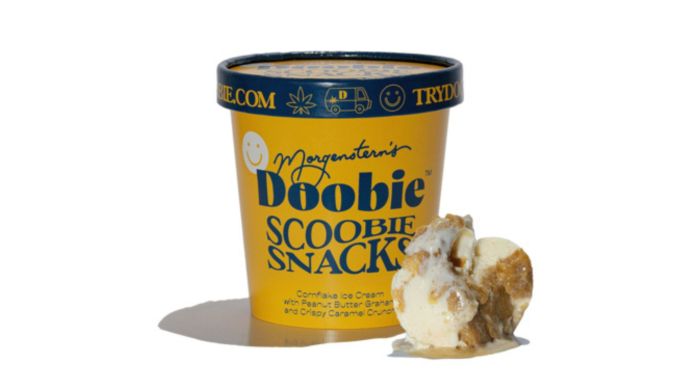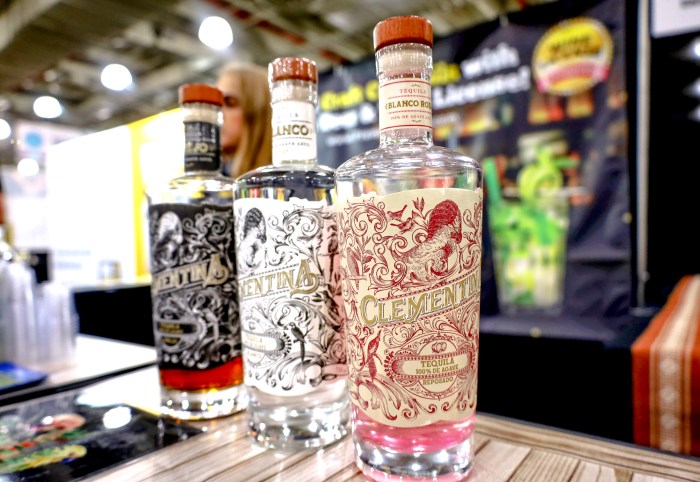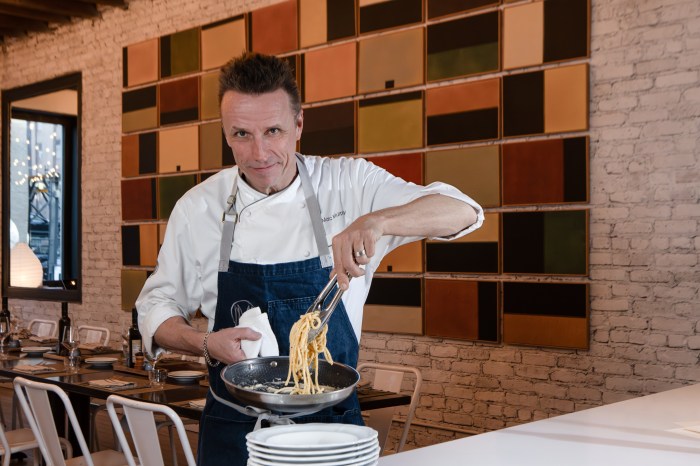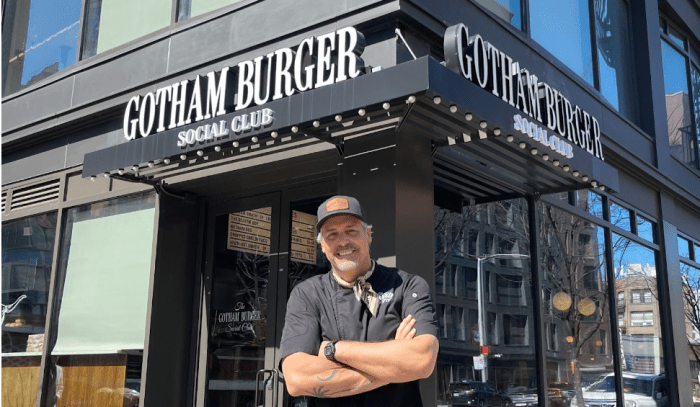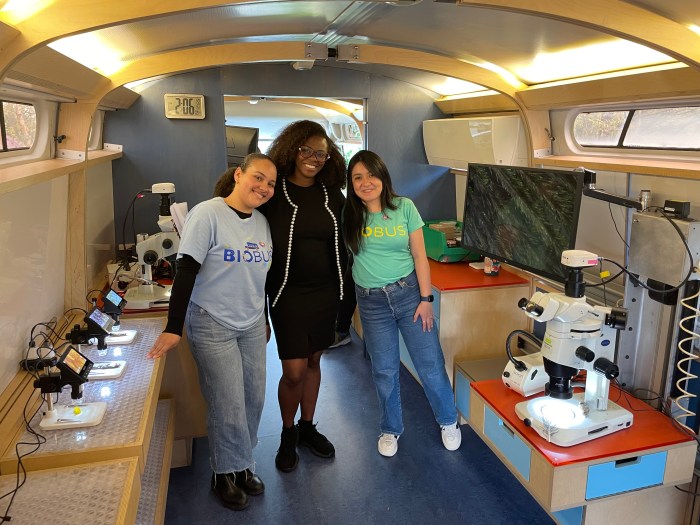Shuichi Kotani stands behind the counter, kneading dough in a large, red-lacquered bowl. His eyes are closed.
“It’s a feeling,” says the soba master. “My fingers are like a sensor. Touching — texture — gives me information from the buckwheat.”
What may appear to be blind intuition is carefully honed technique. After more than a decade of culinary experience in Japan, Kotani founded Worldwide Soba, Inc., in New York, where he works as a restaurant consultant and professional educator. Former students include chefs Gail Simmons and Lee Anne Wong.
This morning, Chef Kotani is hand-cutting soba — thin, buckwheat noodles — for Daruma-ya, his new restaurant in Tribeca and just the latest in the city to specialize in the Japanese noodle.
Behind him, two whirring machines spit out endless ropes of another Japanese noodle — ramen. While ramen has been raging in popularity for years, it seems soba is finally edging into the city’s restaurant scene, where the handmade noodles have been a rarity thanks to a process that is expensive, time-consuming and somewhat fickle.
“Ramen is easy,” says Kotani. Soba, on the other hand, is complicated. “It needs high technique, high skill, high experience.”
As with anything, the noodles are only as good as the ingredients, and Kotani swears by stone-ground Japanese buckwheat because it’s processed four times slower than its U.S. counterpart. His dough consists of a traditional Japanese 80-20 percentage ratio of buckwheat to wheat flour, though micro measurements of flour and water can change with the weather. Factors like humidity and room temperature come into play before Kotani determines his daily measurements.
On this day, it’s raining. This is ideal soba weather, according to Kotani.
“It needs moisture,” he explains. “With a high humidity, 60% or 70%, I can make good soba.”
Kotani kneads, eyes closed, until it feels right and the dough forms into a smooth, round ball. He uses a long, cylindrical stick as a rolling pin, working the dough back and forth until it flattens to a paper-thin 1.5 millimeters. It’s then floured, folded, pressed and sliced with a special soba cleaver. Each precise cut yields a tiny pile of identical noodles.
Once cooked, the buckwheat noodles can be eaten cold with “tsuyu,” a dipping sauce made with dashi, soy and mirin (a sweet sake), or warm in a soup-like broth.
No matter how you take it, soba isn’t just healthy, it’s the ultimate cure-all, swears Kotani. Packed with vitamins (B1, B2, B3, B4 and B6) and the antioxidant rutin, the buckwheat noodles improve everything from hangovers to longevity, maintains the chef. In fact, Japan’s own soba craze began 200 years ago, when the nutrient-dense noodles were found to combat widespread malnutrition, explains Kotani. The health trend prevails; today, there are nearly 5,000 soba restaurants in Tokyo.
“If everyone would eat soba just once a week, they’d enjoy a more healthy life,” he says.
And how does it feel to be a daily soba eater?
“I’m happy every day making soba,” says Kotani. “Very happy.”
Where to eat soba
Looking to get your own bowl of hot or chilled soba? Here are five places to find the Japanese buckwheat noodle in the city:
Daruma-ya
Soba master Shuichi Kotani is the man behind the meticulously crafted noodles at this newly opened traditional izakaya and soba house in Tribeca. The upscale Japanese tavern specializes in drinking fare: shared small plates made with seasonal ingredients. Order the classic “seiro” soba, served chilled with dipping sauce, or explore Daruma-ya’s signature soba toppings such as Japanese bottarga and Hudson Valley duck breast.
428 Greenwich St., 212-274-0428, darumaya-nyc.com
SobaKoh
This mellow soba haunt sources its stone-ground organic buckwheat from the U.S. and Canada. Exposed brick and wooden tables give SobaKoh a rustic, down-home Japanese vibe. Noodles are made in-house daily and offered with a range of tempuras and toppings. Try the anago tempura soba, served hot with dipping sauce and crispy sea eel.
309 E. Fifth St., 212-254-2244, sobakoh-nyc.com
Soba-ya
An East Village institution for more than 15 years, Soba-ya turns out house-made soba and udon (thick, all-wheat noodles) to a loyal clientele. The menu offers a wide range of sakes and small plates. Hot and cold noodles are served with a dizzying selection of toppings, from ikura and grated daikon to mountain yams, ginseng and broiled herring.
229 E. Ninth St., 212-533-6966, sobaya-nyc.com
Cocoron
There’s no shortage of soba devotees at either of Cocoron’s perpetually packed Lower East Side locations. The soba shop encourages customers to play with their food, whether crushing sesame or plunging chilled soba into molten broth. Try the dip soba topped with house-made yuba — silky strips of tofu skin — or the unconventional “Stamina” — a ramen reinterpretation that involves swirling soba through a divinely porky broth.
61 Delancey St., 212-925-5220; 37 Kenmare St., 212-966-0800, cocoron-soba.com
15 East
Michelin-starred 15 East is renowned for its sushi, which is why the restaurant’s handmade soba is still one of the city’s best-kept secrets. Indulge in the restaurant’s chilled soba smothered with the ultimate triple-threat combination: uni, ikura and black caviar. Fun fact: 15 East’s buzzed-about soba chef, Shigei Sugano, was schooled by the master himself, Kotani.
15 E. 15th St., 212-647-0015, 15eastrestaurant.com










